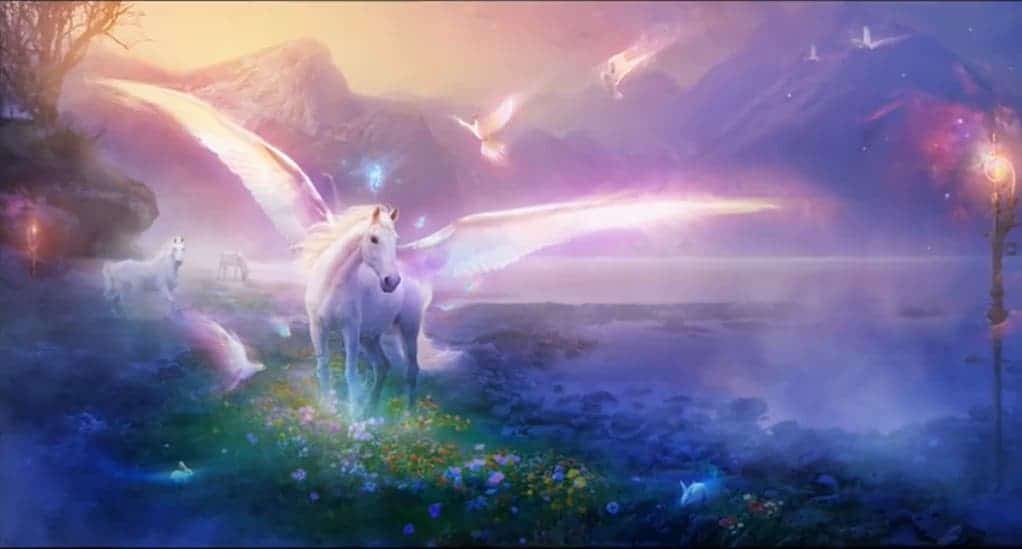Some people, like history’s greatest artists or scientists, have a fantastic imagination that long transcends reality. Others have this line completely blurred and can’t make sense of what’s real or not. For most of us, however, fantasy and reality are clearly separated in our mental psyche. Now, a team of neuroscientists have explored the neural pathways that move information pertaining to both worlds; one exclusively in our heads, the other extrinsic (with added mental filters, of course). Their findings suggest that the signal flow of information when we imagine things is in exact reverse to the one when we experience the outside world.

“A really important problem in brain research is understanding how different parts of the brain are functionally connected. What areas are interacting? What is the direction of communication?” says Barry Van Veen, a UW-Madison professor of electrical and computer engineering. “We know that the brain does not function as a set of independent areas, but as a network of specialized areas that collaborate.”
Van Veen and colleagues are trying to find out what happens in the brain when we sleep and dream, but also how the brain encodes short-term memory. The team strapped sensors on the scalps of participants in order to measure their brain activity. This process, called electroencephalography, allows the researchers to distinguish between various neural networks and then associate them to whatever the participant was doing or was experiencing at the time.
[ALSO READ] Never before seen brain activity in deep coma detected
In order to view a set of target neural circuits, the researchers looked at how signals flashed through the brain of participants when they were fantasizing or when they were subjected to external stimuli. With the EEG on, a short movie was played (external input), then the participants were asked to replay the same movie in their heads as best as they could. Others were asked to imagine traveling on a magic bicycle — focusing on the details of shapes, colors and textures — before watching a short video of silent nature scenes.
Using an algorithm that set aside noise and allowed the researchers to distinguish signal pathways, the team found that when people would imagine anything there was an increase in the flow of information from the parietal lobe of the brain to the occipital lobe (from a higher-order region to a lower-order one). When visualizing information, the signal traveled in reverse – visual information taken in by the eyes tends to flow from the occipital lobe — which makes up much of the brain’s visual cortex — “up” to the parietal lobe.
“There seems to be a lot in our brains and animal brains that is directional, that neural signals move in a particular direction, then stop, and start somewhere else,” says Van Veen. “I think this is really a new theme that had not been explored.”
Findings were reported in the journal NeuroImage.






